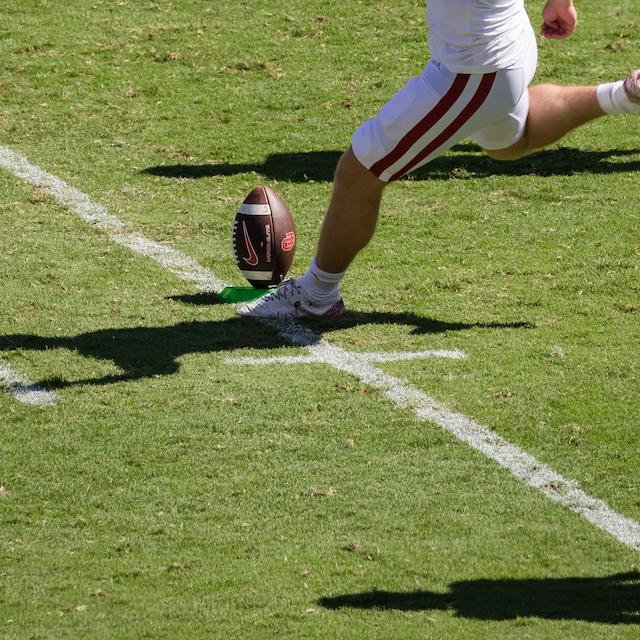
FTDM Instructor Shares Secret to Super Bowl Success
Despite a multitude of streaming platforms and viewing options, millions of eyes will be in one place on Super Bowl Sunday. Charity Robinson, instructor in the Department of Film, Television and Digital Media in TCU’s Bob Schieffer College of Communication, talked to TCU News about how the big game has stood the test of time for more than half a century.

In an ever-changing media landscape, the Super Bowl, comparatively speaking, has largely
remained the same. Why is this?
In short, its broad appeal. Along with millions of Americans, I was entrenched in
the cultural tradition of the Super Bowl at an early age. In fact, some of my earliest
memories are of those watching America’s team around the television in my grandmother’s
home, with family and friends sharing in the tradition, albeit with different motivations.
Some were there for the fandom, some were there for the spectacle of the halftime
show, some were there for the advertisements, and some, like me, were there for the
snacks. We all consume media to satisfy a variety of needs, and the Super Bowl has
historically provided entertainment value to a four-quadrant audience that has weathered
the winds of a changing media landscape.
Above and beyond its broad appeal, how does the Super Bowl thrive in our current on-demand
viewing culture?
Part of the magic of live sporting event broadcasts is their status as appointment
viewing. While television viewers can increasingly curate and control when and how
they choose to consume their content, the Super Bowl stands as an exception. Part
of this is due to the relative “DVR proof” nature of sports, but it’s also due, in
part, to the social tradition that is attached to Super Bowl as an event. Across the
country, Super Bowl parties are hosted in homes, restaurants and bars, as we gather
to celebrate a time-honored tradition.
How do things like the Super Bowl halftime show and the commercials impact the production
value and entertainment value of the game?
Football fanatics and casual fans alike join together to view not only the game, but
the programming that accompanies it. Due to an increasingly rare opportunity to reach
viewers live as a captive audience, advertisers are willing to spend millions for
their shot at reaching potential customers. The result is a spectacle of not only
athletic skill, but often brilliant advertising campaigns that are discussed and dissected
around the water cooler and around the web, possibly as much as the game itself. Add
in a high-powered musical guest to the equation, and the Super Bowl offers broad appeal
year after year.
 How has modern media integrated with the otherwise classic event?
How has modern media integrated with the otherwise classic event?
Digital and social media have offered further opportunity for connection and conversation
surrounding the spectacle of the Super Bowl. Not only can viewers join the conversation
in their own social circles, but also they can join the conversation online through
tweets, posts, comments and shares, only serving to further amplify the Super Bowl’s
reach. According to social media analytics tool Brandwatch, Super Bowl LVII advertisers
were able to capitalize on their reach with online discussions surrounding their brands
trending on social media platforms like X (formerly Twitter). In total, Super Bowl
LVII advertisers accrued nearly 312,000 tweets during the four-hour broadcast window.
